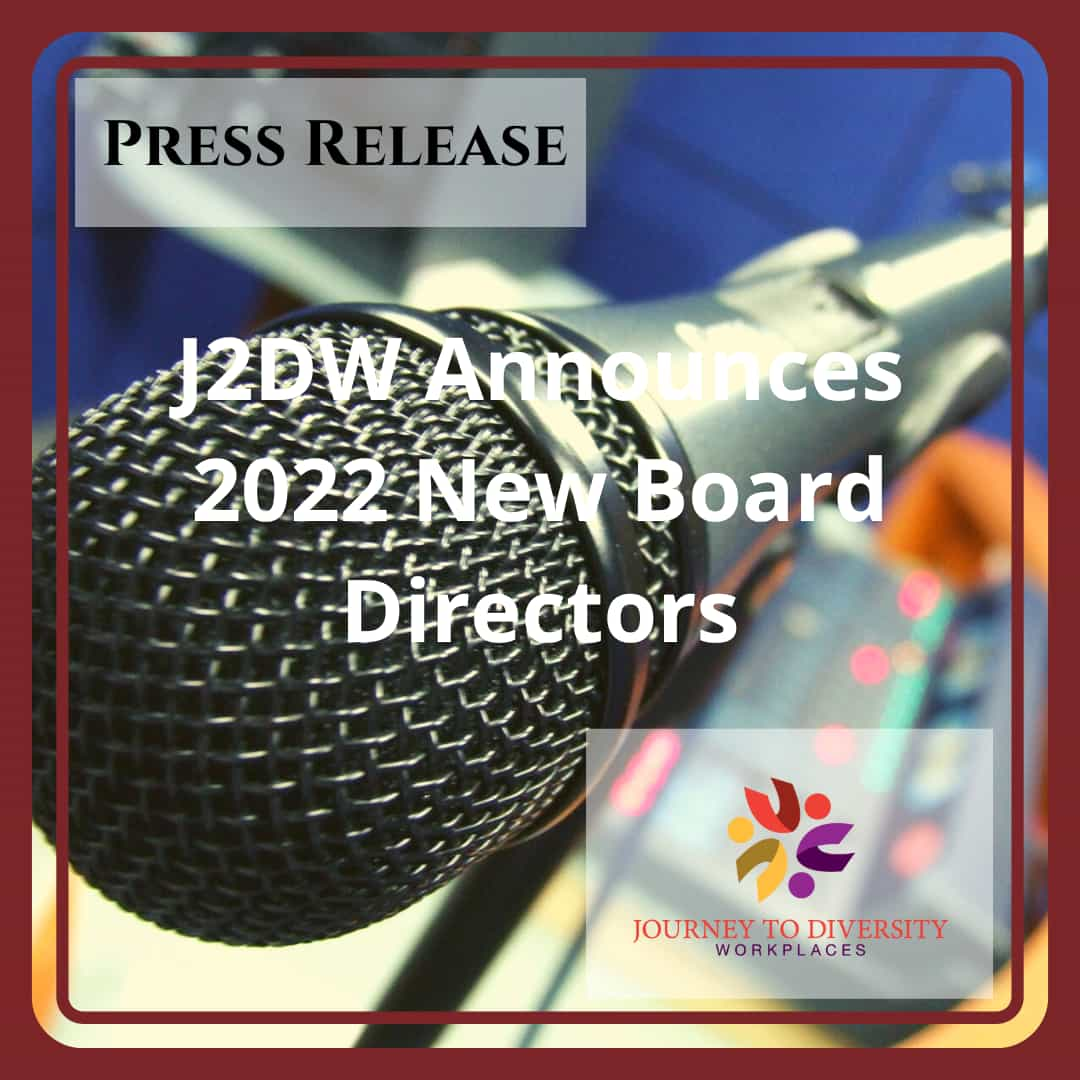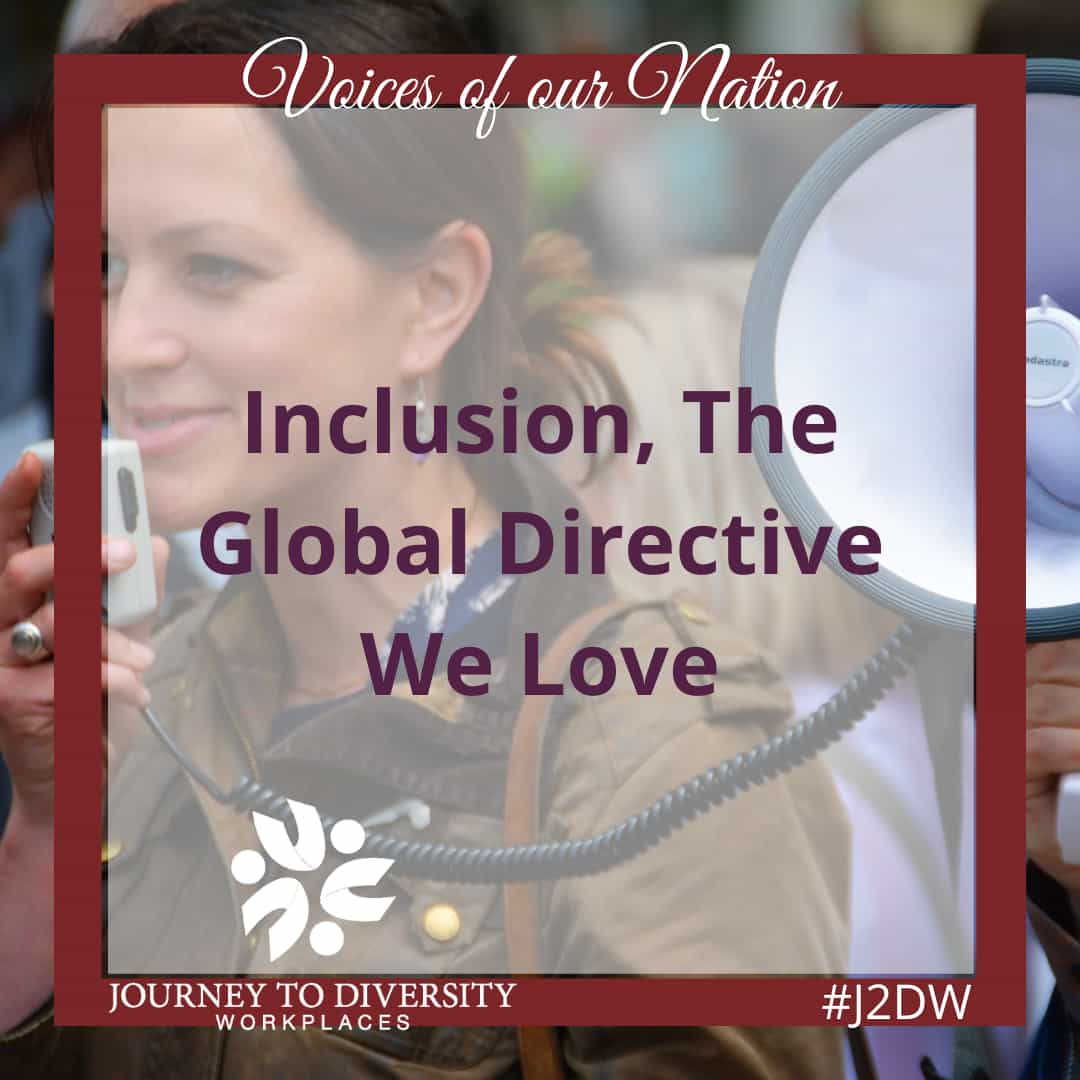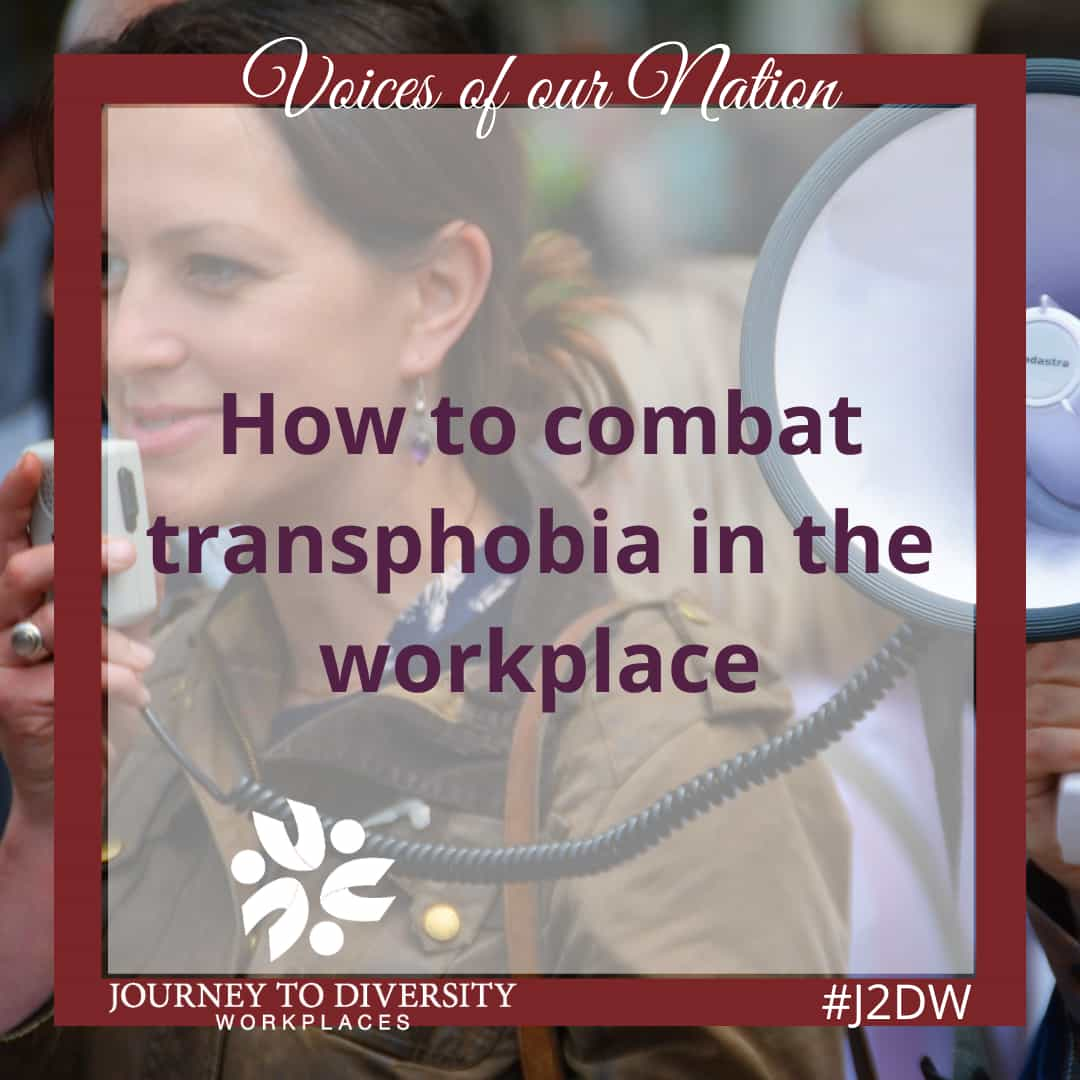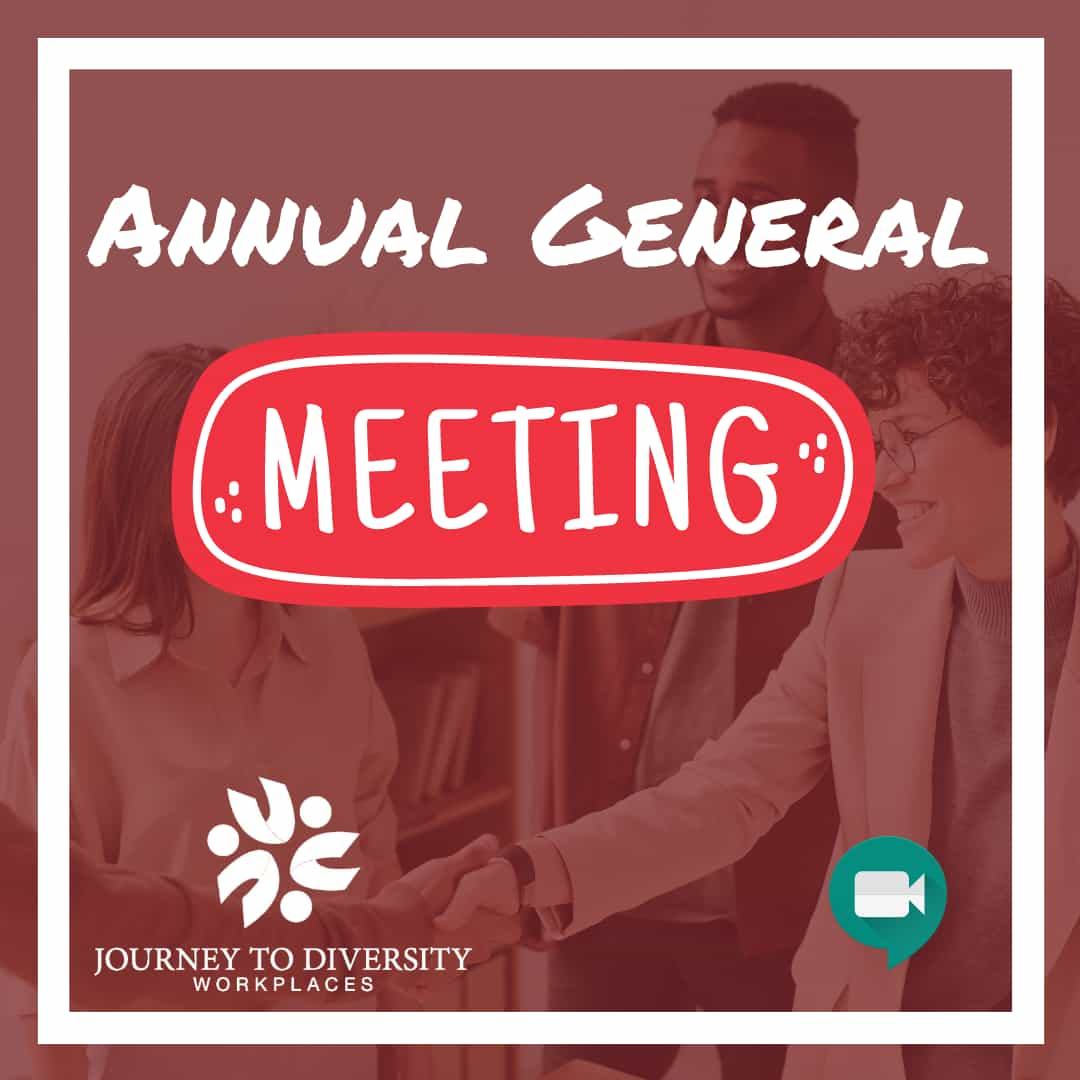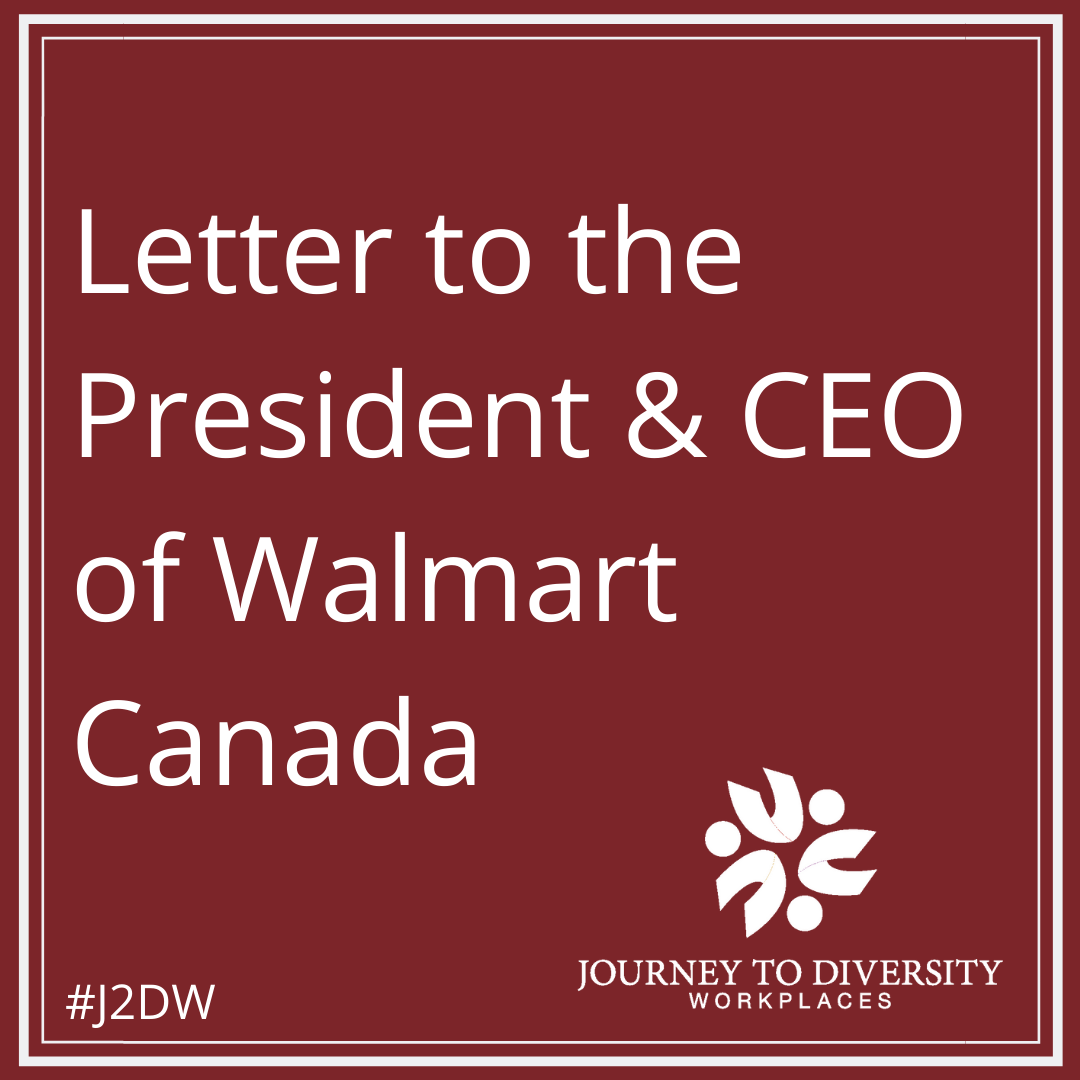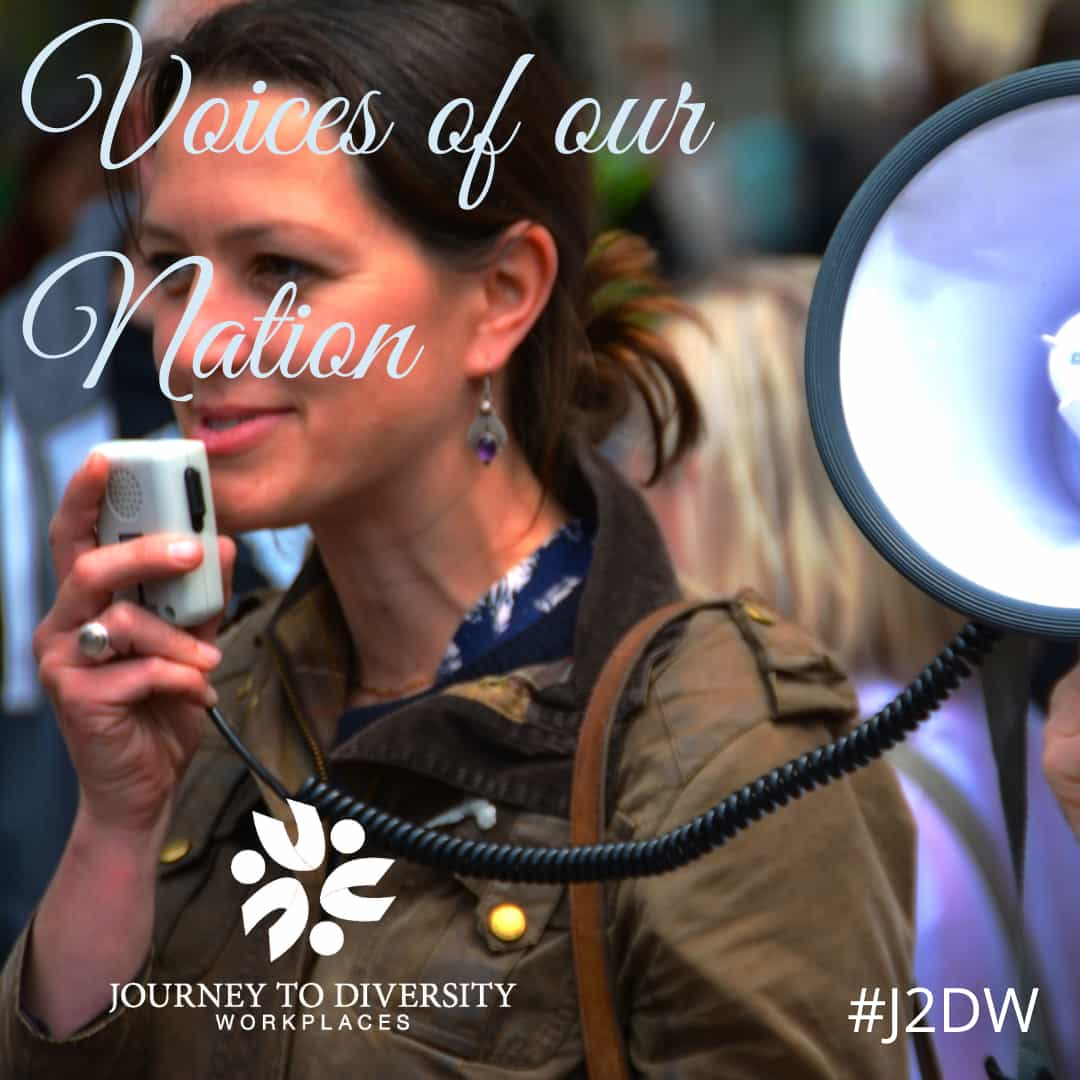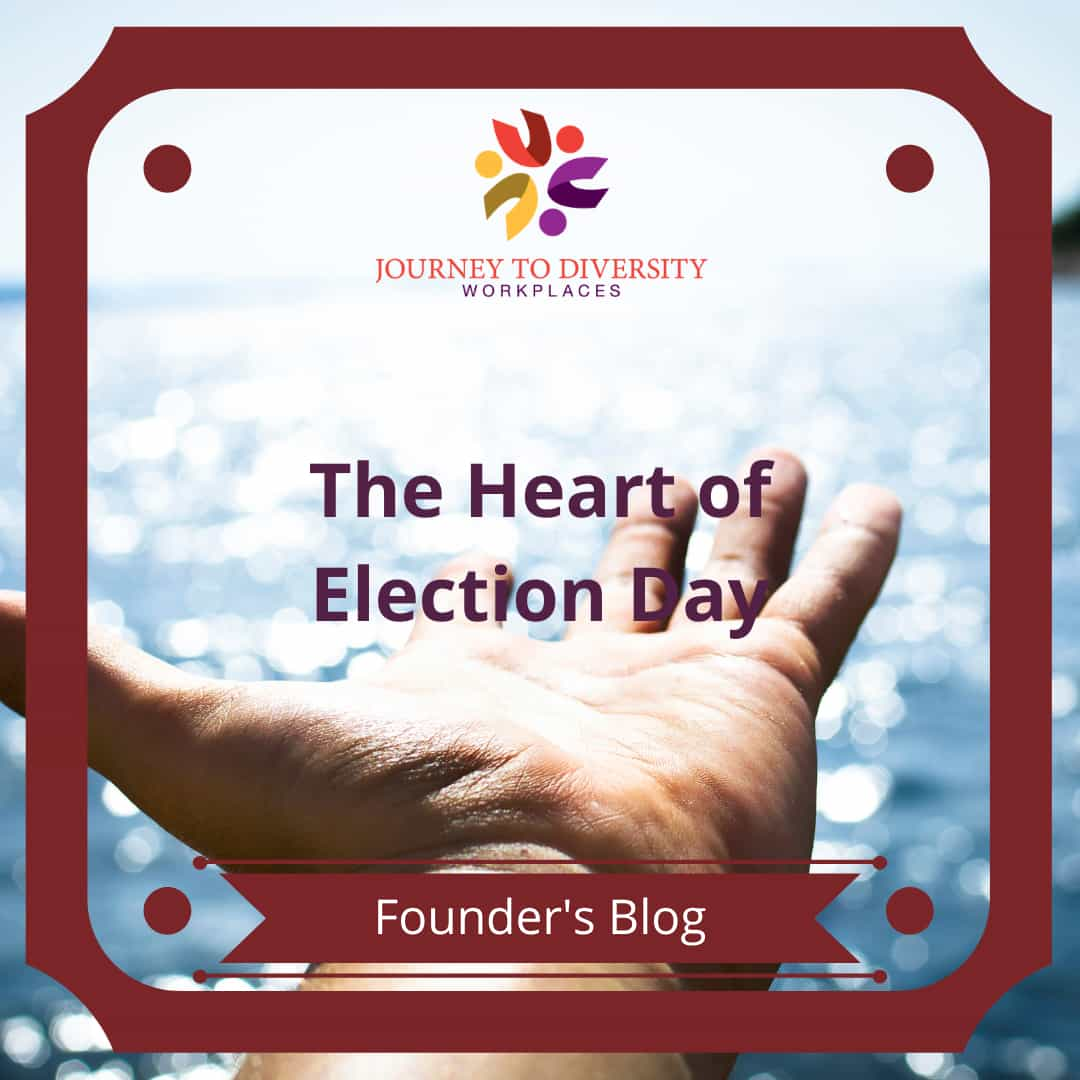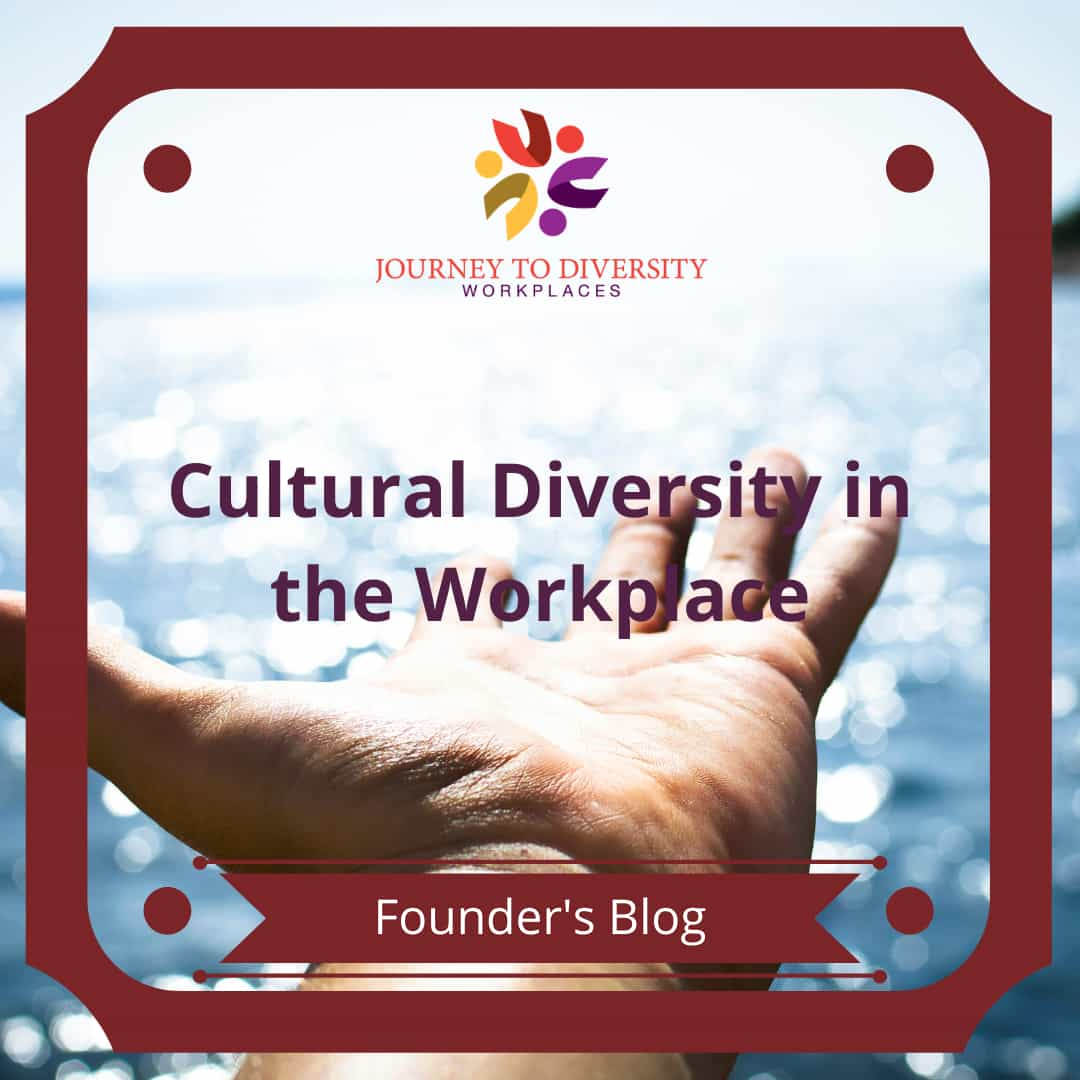J2DW Announces 2022 New Board Directors
For Immediate Release
Barrie, ON, 18 May 2022 – Journey to Diversity Workplaces, a leader in the promotion of a new progressive workplace, announces three new board directors for two-year terms.
Current board members include:
Cynthia Gordon, Past Chair, joined the Board in 2018.
Heba Roble, Privacy Commissioner, joined the Board in 2021.
New board members include:
Dr. Leland Harper, Chair, ratified 12 May 2022.
Frank Tuzi, Secretary, ratified 12 May 2022.
Muddasir Zaib, Director, ratified 12 May 2022.
Dr. Leland Harper is Assistant Professor of Philosophy at Siena Heights University. His research focuses on philosophy of race, particularly issues of racial solidarity and racism. He is the editor of the Philosophy of Race series at Vernon Press and the organizer of the Great Lakes Philosophy Conference, an annual international philosophy conference. Leland grew up in Vancouver, British Columbia, and received a BA in General Studies from Kwantlen Polytechnic University, an MA in Philosophy from Toronto Metropolitan University, and a PhD in Philosophy from the University of Birmingham. In his spare time, he operates Leland Harper Consulting, a diversity, equity, and inclusion consulting firm based in Toronto, spends time with his wife and two children, and can be found cheering on the Boston Red Sox and the Los Angeles Clippers.
Frank loves spending time with his wife and 3 kids aged 6, 5 and 2 and currently lives in Ottawa. He really enjoys a great story. The topic or the format doesn’t matter as long as it is a great story. He has worked in the mortgage industry for 18 years, working his way up from a summer student to various leadership roles in mortgage underwriting. He is excited to contribute to J2DW’s growth and is eager to learn and grow along with the organization.
As a corporate lawyer, Muddasir has been involved in many large and small business transactions with Canadian, the US and European organizations. In the course of these dealings, Muddasir has worked with many other lawyers and professional advisers in providing range of legal services including business incorporations, contract drafting and other regulatory compliance matters. Muddasir holds a bachelor of law, a master of business administration and is currently pursuing LLM (Business law) from York University Toronto.
“I think it’s fantastic that we have such a diverse board with such exceptional people with the level of experience that they have.” commented Founder & CEO Peter V. Tretter
Journey to Diversity Workplaces is a non-profit organization built on improving the business and social environment by championing diversity and the workers within those workplaces. J2DW was formed in 2013 by Founder and CEO Peter V. Tretter with the goal of introducing and maintaining progressive workplace policies. Ideas like higher wages and a four-day workweek are key strategic pillars for J2DW to improve the quality of life and social footprint that businesses have on their employees and communities.
705-481-1674
Email us!

